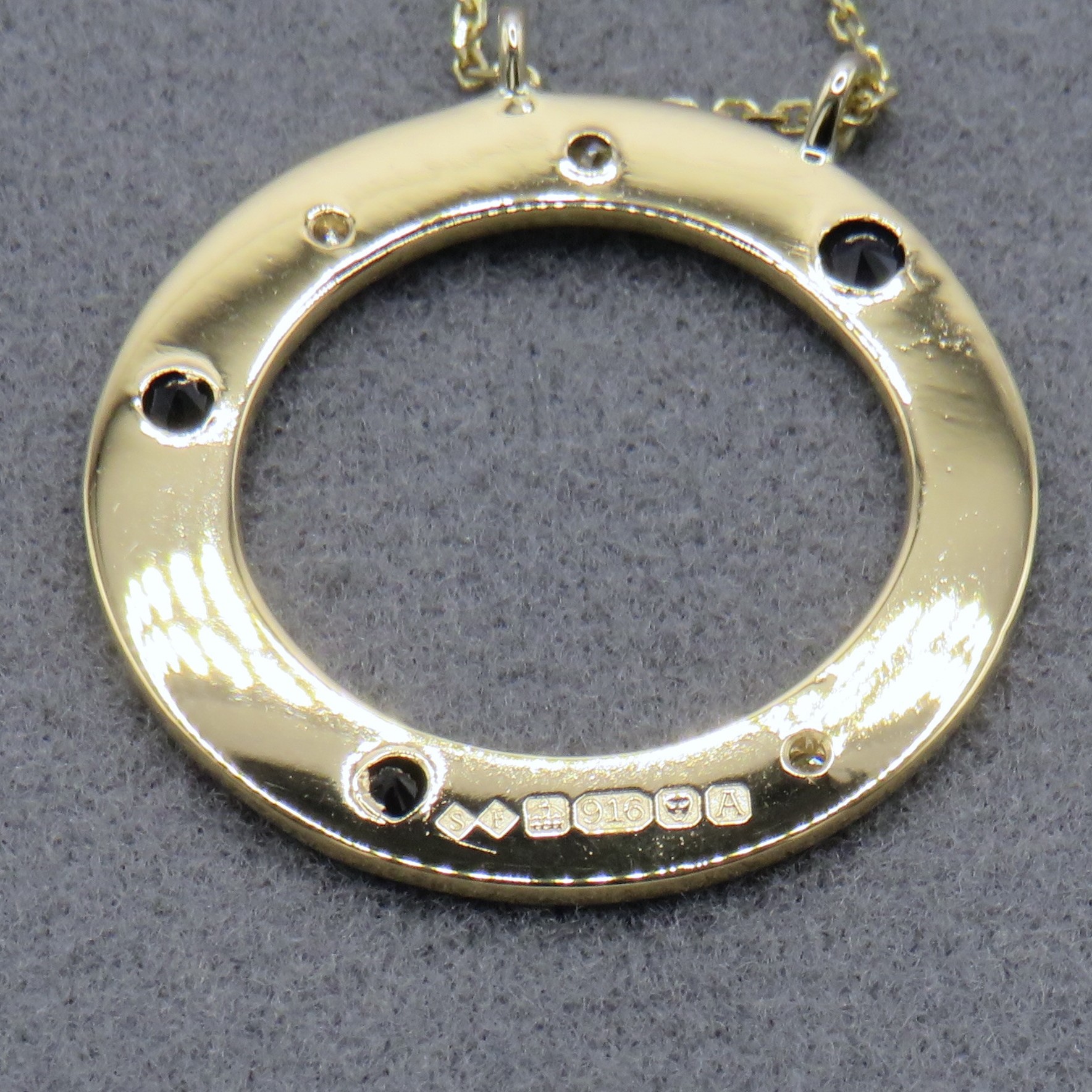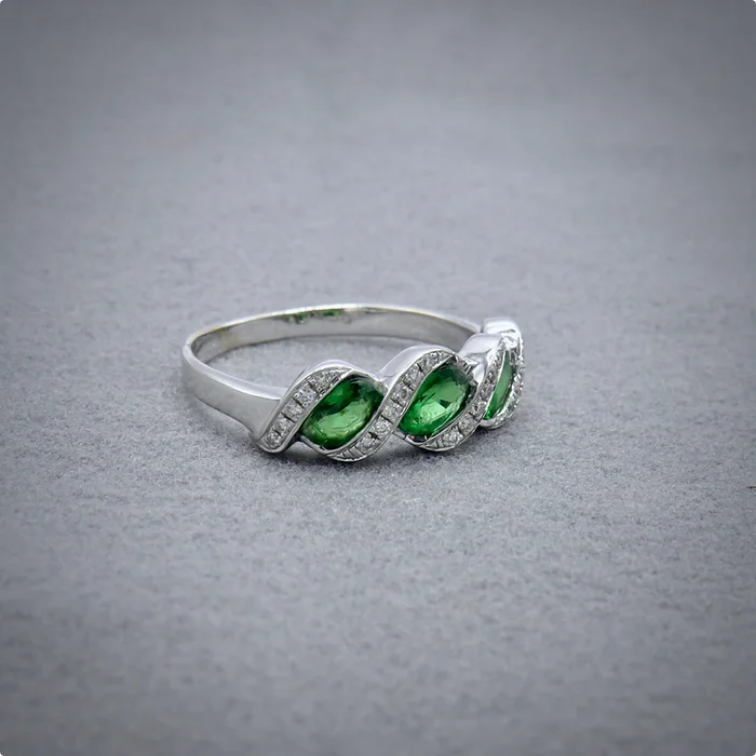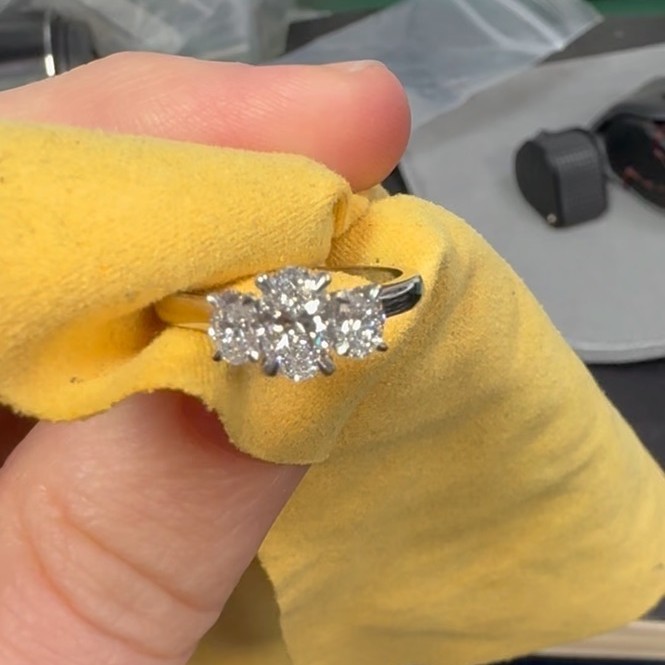All About Hallmarking
What is Hallmarking? What is the Assay Office? How do I know what it all means? Why do we hallmark at all? What are those funny marks on my jewellery?
So many questions around hallmarking! Why should you know the answers to them all! But those little stamps are more than decorative—they tell a story of tradition, trust, and transparency. In the UK, hallmarking is not just a custom, it’s a legal requirement, and here’s why it matters.
What is Hallmarking?
A hallmark is a small, but mighty stamp applied to precious metal items such as gold, silver, platinum or palladium. These marks certify a metal’s purity and authenticity, which gives a guarantee that the piece meets UK legal standards. Although there is what’s called the ‘maker’s mark’, these stamps are not for branding or manufacturing, they demonstrate a trusted, independent verification of what the metal is.
Why Do we Do it?
There are 4 main reasons we hallmark in the UK: legal protection. Consumer confidence, fraud prevention and historical significance.
1. Legal Protection - Hallmarking is required by law for precious metal items over certain weights: 1 gram for gold, 7.78 grams for silver, 0.5 grams for platinum, and 1 gram for palladium. This ensures that consumers are not misled about the quality or content of the item they’re buying.
2. Consumer Confidence - When you see a hallmark, you know your jewellery has passed independent testing and is made of the precious metal stated. It's a visible promise of quality, giving buyers peace of mind.
3. Fraud Prevention - Hallmarking helps combat fraud by preventing the sale of under-karated or falsely labelled jewellery. It’s a safeguard for both customers and ethical makers.
4. Historical Significance - The UK has the oldest hallmarking system in the world, dating back to the 1300s. It was introduced to regulate and protect standards in precious metal trades, and the system is still going strong today—with a few modern updates, of course!

What Does a Hallmark Look Like?
A full UK hallmark usually contains:
- The sponsor’s mark (the maker or brand responsible for the piece)
- The metal and fineness mark (e.g., 375 for 9ct gold or 925 for sterling silver)
- The Assay Office mark (e.g., a leopard's head for London or an anchor for Birmingham)
- An optional date letter, which shows the year the piece was hallmarked
These marks are tiny but can usually be seen with a jeweller’s loupe or magnifying glass.
Where Is Jewellery Hallmarked?
There are four official Assay Offices in the UK: London, Birmingham, Sheffield, and Edinburgh. These are the only places legally allowed to apply hallmarks. Each office has its own unique symbol, making it possible to trace where the item was tested and marked.
Are There Any Exceptions?
Yes! Not all precious metal items need to be hallmarked. For example, gold items under 1g or silver under 7.78g are exempt. But many makers choose to hallmark these pieces anyway to provide assurance and maintain transparency.
Hallmarking & Handmade Jewellery
If you’re commissioning a handmade or bespoke piece, hallmarking is just as essential. It gives you full confidence in the quality and composition of the materials used. At SFFJ, we proudly hallmark every eligible piece and work closely with UK Assay Offices to ensure everything meets the highest standards.
Final Thoughts
Hallmarking might seem small, but it plays a big role in the story of your jewellery. It upholds centuries of tradition while protecting you as a buyer. Next time you wear your favourite piece, take a moment to find the hallmark—it’s a tiny mark with a big message.
Need a Hand?
If you're unsure whether your jewellery is hallmarked or want help reading the marks, feel free to get in touch or look at our Hallmarking page. We’re always happy to help decode the details or talk through a bespoke, legally hallmarked commission.

